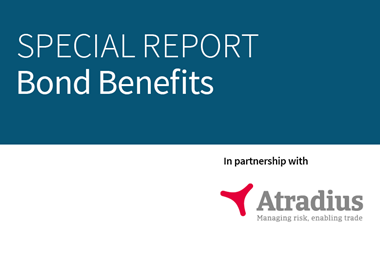In the last of our #changingrisk series, Sarah Gordon warns against vanilla risk appetite statements
Too many organisations use a standard risk appetite statement which states the obvious: That their organisation is averse to potential threats yet is seeking to maximise opportunities. According to Sarah Gordon, chief executive of Satarla, this vanilla approach to risk appetite and tolerance does little to help with day-to-day decision-making.
Speaking as part of StrategicRISK’s #changingrisk series, she advises an altogether different approach. “Risk appetite and tolerance is a mechanism for communicating to our stakeholders,” she explains. “We’re not just communicating to shareholders - we’re increasingly trying to talk to broader stakeholders - everyone with an interest in our organisation.”
Moreover, risk appetite is used to communicate with employees. “It tells staff how much freedom they have to make their own decisions and how much wiggle room the organisation is willing to give them,” she says.
By better operationalising risk appetite and tolerance to support the organisation and its people as they go about their day-to-day business, organisations will be in a much stronger position to move forward. This can be particularly relevant during an economic downturn. ”All of your competitors are also hurting so you’ve got to look at what you can do differently during that downturn to build for the upswing when it comes,” explains Gordon.




















No comments yet